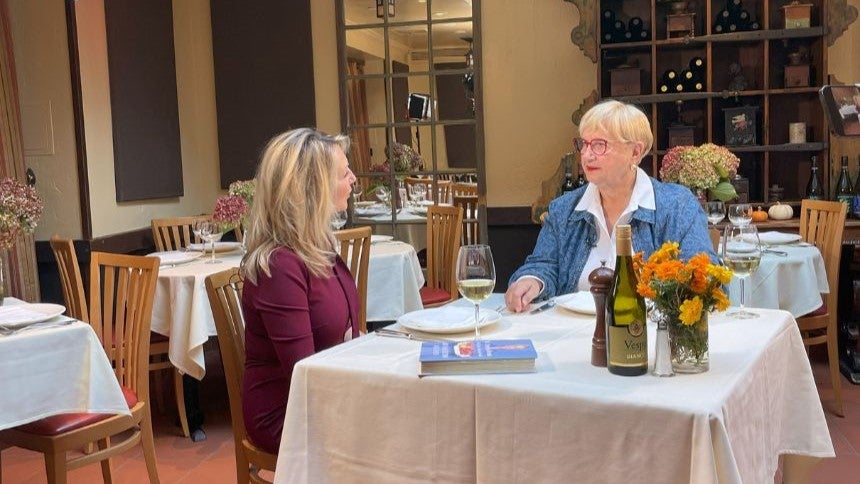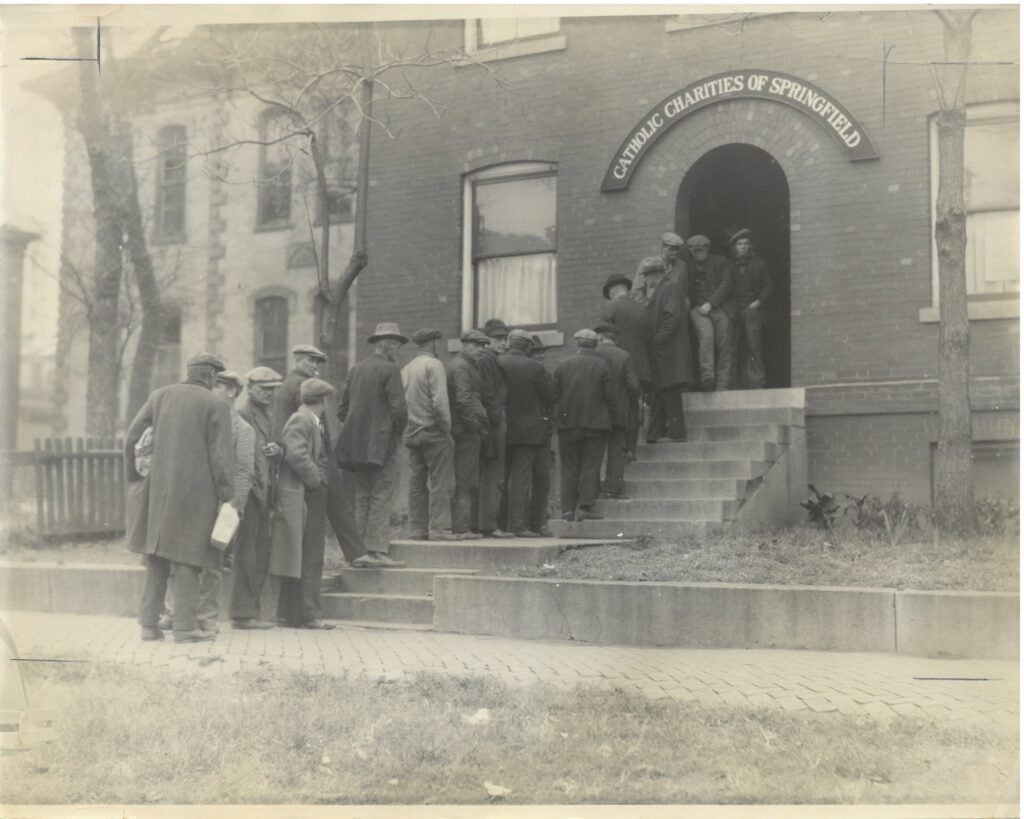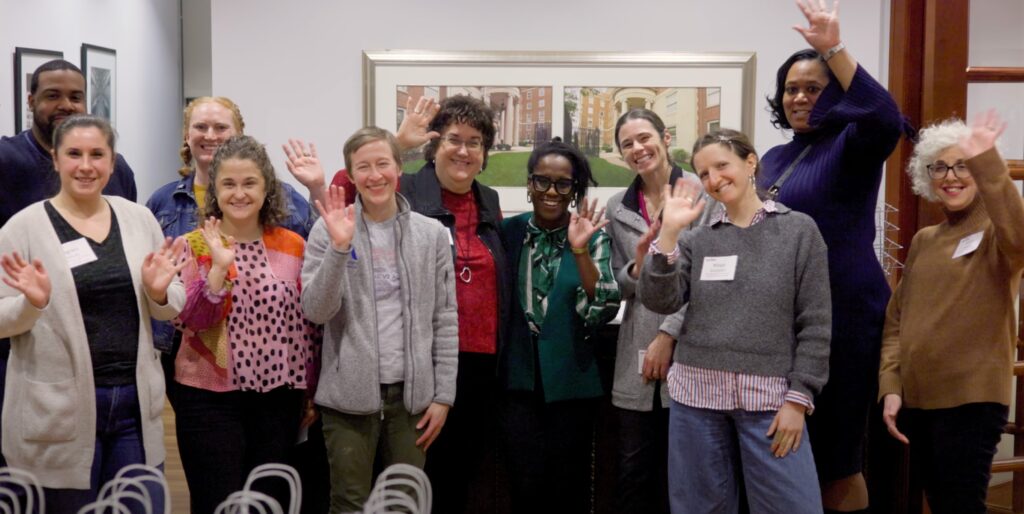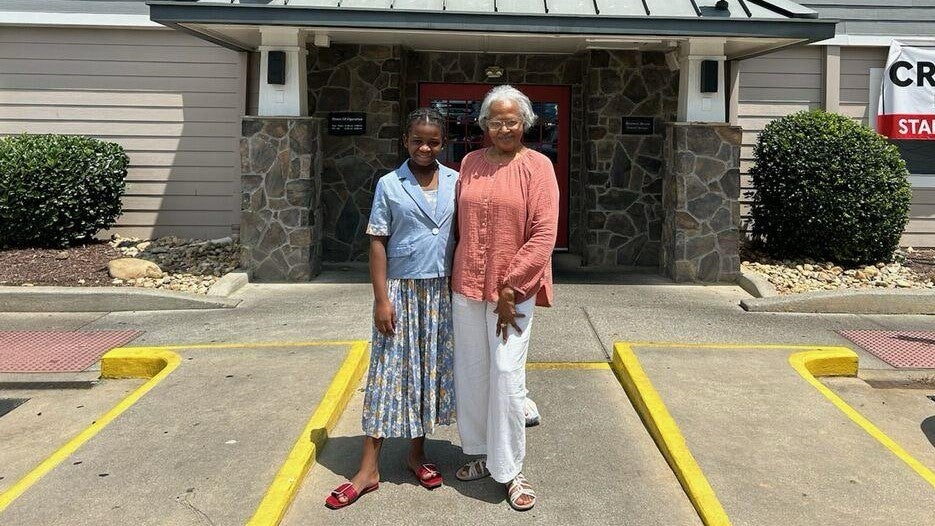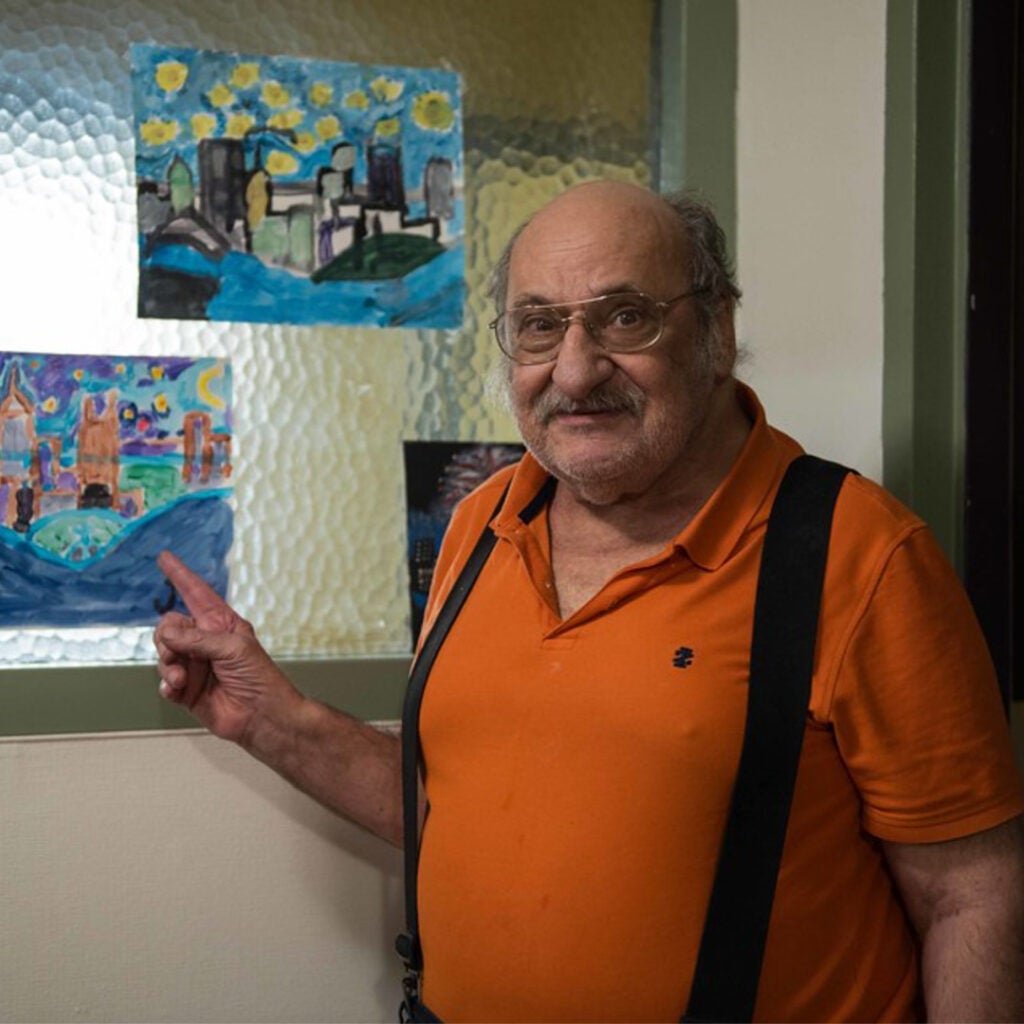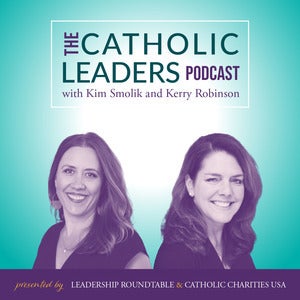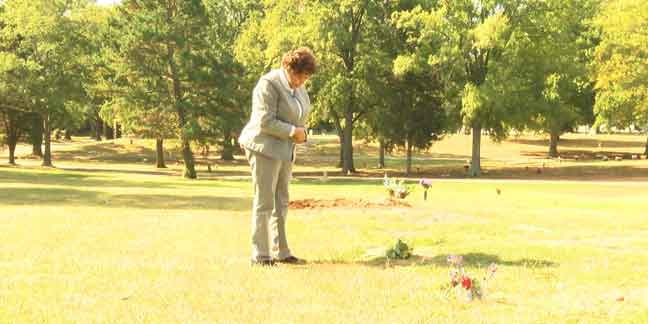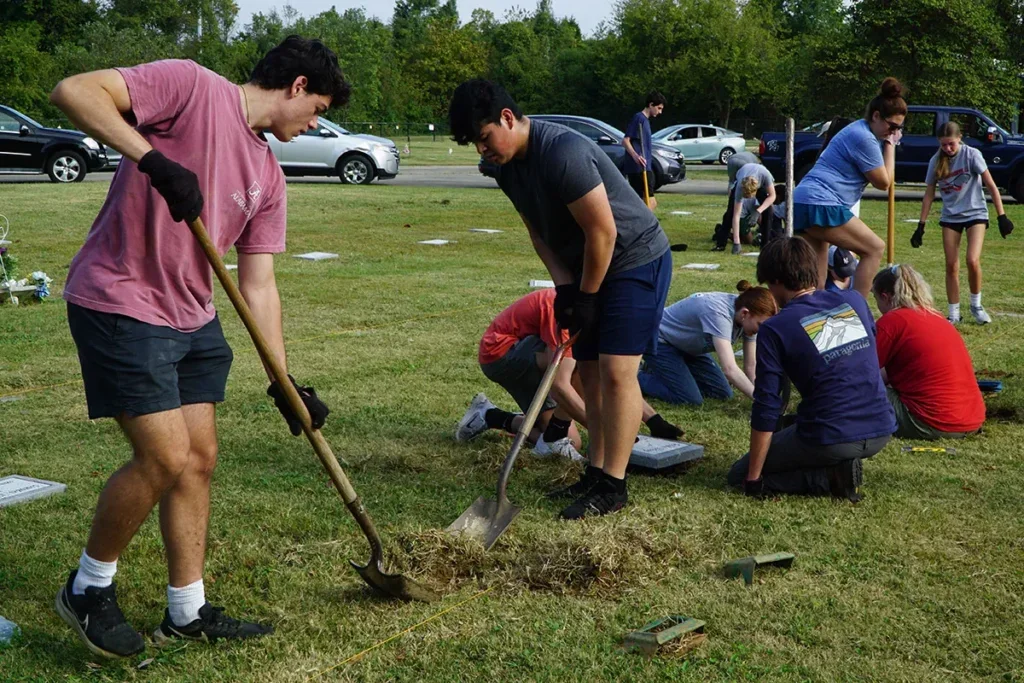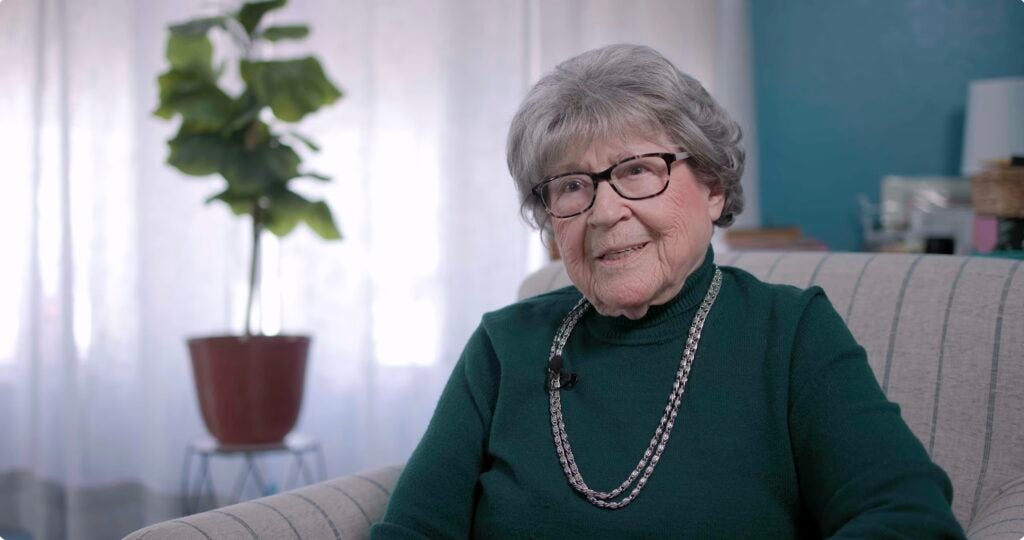
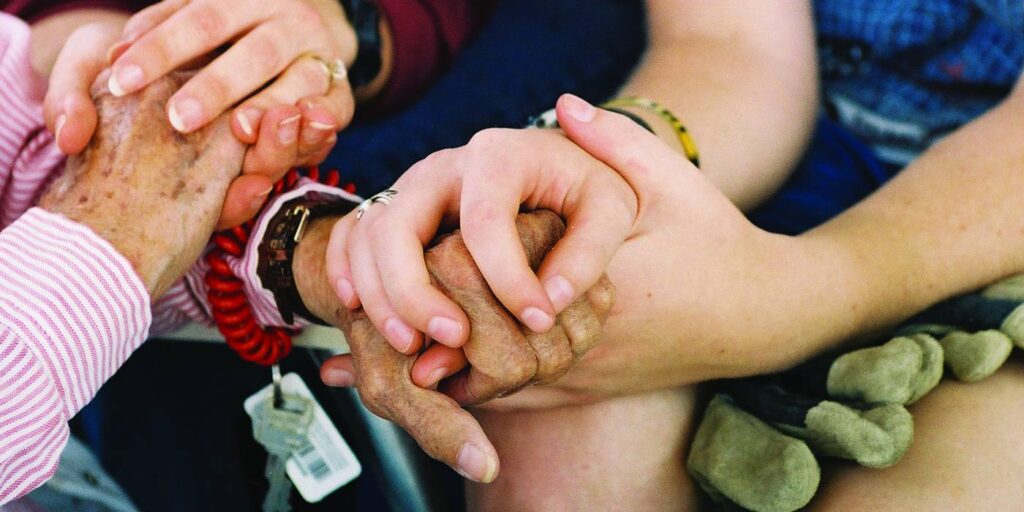
Trafficking victims — exploited men, women and children — are all around us, but we usually don’t see them. We may not be aware of trafficking or we don’t know what to look for. It’s a blind spot that the state of Kentucky and Catholic Charities of the Archdiocese of Louisville are shining a light on.
Kentucky Rescue and Restore Victims of Human Trafficking helps local communities identify trafficking victims by training law enforcement, health care workers, social workers, and other community members to recognize the signs and situations of both sex and labor trafficking.
The program also provides services to trafficking victims. When they emerge from the shadows – either by escape or rescue – they have nothing but the clothes they are wearing, which makes them extremely vulnerable. The program provides immediate support so they are not re-victimized while recovering and rebuilding their lives.
In providing support to trafficking victims, the program gives survivors the opportunity to make as many choices as possible: what they want to eat, what they want to wear, where they want to live.
“They have been made to feel less than human, deprived of the ability to make their own choices,” said Marissa Castellanos, program manager of Kentucky Rescue and Restore. “Just being treated with a measure of dignity and respect and being able to make choices, even very basic choices, helps them feel human again.”
The program provides a range of services including case management, counseling, health care, and assistance with legal, immigration, and criminal court issues. These services go a long way in helping survivors value themselves again.
“We show them that they have infinite value, and that we will be there to help no matter what was done to them,” said Castellanos. “Their dignity can’t be taken away. It’s always there.”
Human trafficking is a hidden crime. Most people are either not aware of trafficking or observant of the signs. Indeed, traffickers work to hide their victims. A victim could be a young girl sold by her parents and trapped as a domestic servant for years, a man lured to the United States with a good job prospect but then kept in hard farm labor with threats of harm to his family back home, or a runaway teen girl rented out for sex by her older boyfriend.
The way to end human trafficking begins with increasing awareness of it and helping victims to self-sufficiency.
